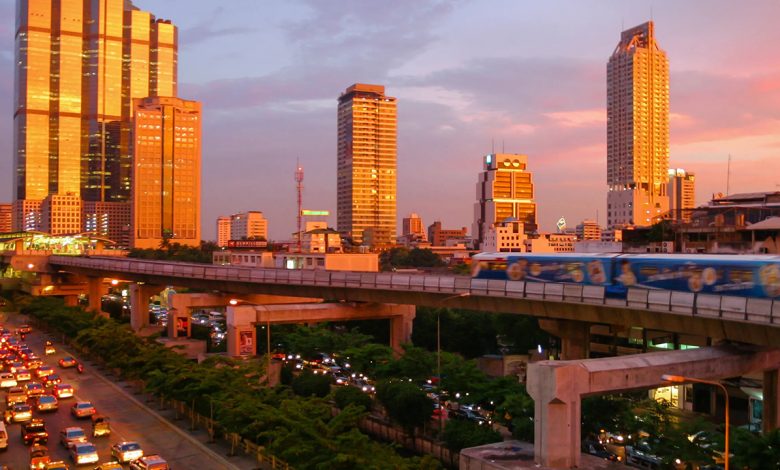Daily Current Affairs for UPSC
Urban Infrastructure Development Fund
Syllabus- Government Policies and Interventions [GS Paper-2]

Context- For the most efficient use of funds, the Urban Infrastructure Development Fund, which was established for the development of Tier II and Tier III cities, ought to concentrate on ongoing projects; must pay for essential services; and encourage projects with smaller environmental impacts.
Key Highlights
- The UIDF program, which received an annual allocation of 10,000 crore in this year’s General Budget, is expected to receive a slew of guidelines in the near future.
- UIDF shouldn’t pay for maintenance or administrative costs, and they say that States should charge service fees when they use the UIDF.
- For broader Fund coverage, states may also consider prioritizing low-cost, high-impact urban projects.
National Housing Bank would run the self-sustainable project UIDF, which would be funded by priority sector lending shortfall.
- Cities in Tier III have populations between 20,000 and 50,000, while cities in Tier II have populations between 50,000 and 100,000.
- In order to implement appropriate user charges when gaining access to the UIDF, States would be encouraged to make use of existing schemes as well as grants from the 15th Finance Commission.
Urban Infrastructure Development Fund (UIDF):
- Using the shortfall in lending to priority sectors, the UIDF will be established.
- Purpose: Public agencies will use the money to build urban infrastructure in tier-2 and tier-3 cities.
- The National Housing Bank will be in charge of running it.
- Similar to the Rural Infrastructure Development Fund (RIDF), it will be established.
- States will be encouraged to adopt appropriate user charges for UIDF access by leveraging grants from the 15th Finance Commission and existing schemes.
Tier-2 and Tier-3 cities
- Tier 2 cities are those with populations between 50,000 and 100,000 people, while Tier 3 cities have populations between 20,000 and 50,000 people.
RIDF (Rural Infrastructure Development Fund)
- In 1995 and 1996, the government established the RIDF to finance ongoing projects in rural infrastructure.
- The National Bank for Agriculture and Rural Development (NABARD) is in charge of managing the Fund.
- Contribution: The amount that domestic commercial banks contribute to the Fund is equal to the amount that they are required to lend to agriculture as a priority sector.
- Principal Objective: to provide loans to state governments and corporations owned by the state to enable them to finish ongoing projects involving rural infrastructure.
- Payment time frame: Within seven years of the date of withdrawal, the loan must be repaid in equal annual installments, with a two-year grace period in between.
Way Forward
- In order to make the UIDF project self-sustaining Urban Local Bodies may be encouraged to impose appropriate user fees.
- The Commissioner should have the authority to approve municipal borrowings.
- Pooled Funds and Infrastructure Investment Trusts, two novel approaches to fundraising that should be investigated by the municipal bodies.





.png)



